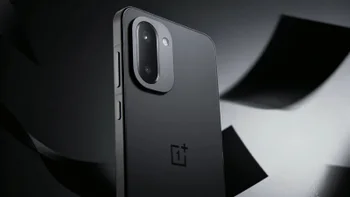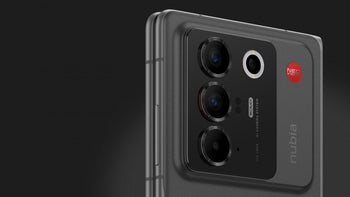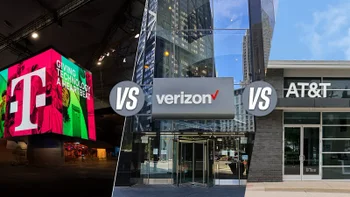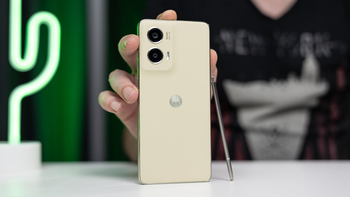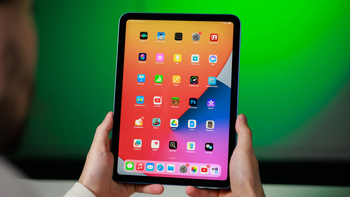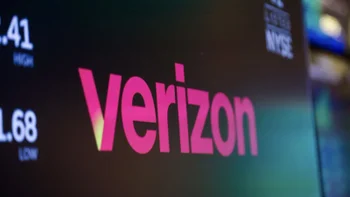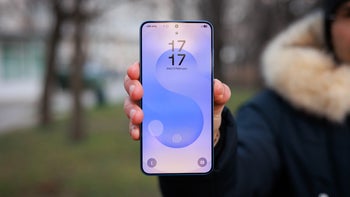- Home
- Sony Phones
- You are here
Sony Xperia Z3 Compact
Full Specifications
9.0
I want it
68 users
I have it
51 users
I had it
35 users
Availability |
|
|---|---|
| Officially announced | Sep 03, 2014 |
Design |
|
|---|---|
| Dimensions |
5.00 x 2.56 x 0.34 inches 127 x 64.9 x 8.6 mm |
| Weight | 4.55 oz / 129.0 g |
| Materials |
Back: Glass Frame: Plastic |
| Resistance | Water, Dust; IP68 |
| Keys | Right: Volume control, Camera shutter, Lock/Unlock key |
| Colors | Black, Orange, Green, White |
Display |
|
|---|---|
| Size | 4.6-inch, 70.64% screen-to-body |
| Type | IPS LCD |
| Resolution | 1280x720px, 319 PPI |
| PhoneArena Display Test | |
|---|---|
| Bright Max (20% APL) | Untested |
| Bright Min | 3 (Average) |
|
Learn more on our
PhoneArena Display Test Results page.
|
|
Hardware |
|
|---|---|
| System chip | Snapdragon 801 8974-AC |
| Processor |
Quad-core 2500 MHz Krait 400 |
| GPU | Adreno 330 |
| Memory | 2GB (LPDDR3)/16GB |
| Storage expansion | microSDXC up to 128 GB |
| OS | Android (6.0 Marshmallow, 5.1 Lollipop, 5.0 Lollipop, 4.4) |
Battery |
|
|---|---|
| Type | 2600 mAh |
| Charging | Qualcomm Quick Charge 2.0 |
Camera |
|
|---|---|
| Rear | Single camera |
| Main camera |
20.7 MP (Autofocus, CMOS image sensor) Aperture size: F2.0 Focal length: 25 mm Sensor size: 1/2.3" Pixel size: 1.12 μm |
| Flash | LED |
| Video recording |
4K UHD (30 fps), 1080p (60 fps) HDR, Continuous autofocus, Picture-taking during video recording, Video light, EIS, Video calling |
| Front |
2.2 MP (HDR) Video capture: 1080p |
Connectivity & Features |
|
|---|---|
| Bluetooth | 4.0 |
| WLAN |
a,b,g,n,ac,dual-band Wi-Fi Direct, Hotspot 802.11 a, b, g, n, ac |
| USB | microUSB, USB 2.0 |
| Sensors | Accelerometer, Gyroscope, Compass, Barometer, Step detector, Step counter, Ambient light sensor, Proximity sensor |
| Hearing aid compatible | M3/T4 |
| Location | GPS, A-GPS, Glonass |
| Other | NFC, ANT+, Tethering, Computer sync, OTA sync |
Multimedia |
|
|---|---|
| Headphones | 3.5mm jack |
| Speakers | Earpiece, Multiple speakers |
| Features | Album art cover, Background playback, Music recognition |
| Screen mirroring | DLNA,Wireless screen share,MHL |
| Radio | FM, RDS |
| Additional microphone(s) | Noise cancellation, Video recording |
Cellular |
|
|---|---|
| LTE Bands | 1, 3, 5, 7, 8, 28 |
| 3G Bands | 5, 8, 2, 1 |
| Data Speed | LTE Cat 4 (150/50 Mbit/s), HSDPA+ (4G) 42.2 Mbit/s, HSUPA 5.76 Mbit/s, UMTS |
| SIM type | Nano SIM |
| VoLTE | Yes |
Regulatory Approval |
|
|---|---|
| FCC approval |
Date approved: Aug 11, 2014 FCC ID value: PY7PM-0810 |
| Measured SAR |
Head: 0.95 W/kg Body: 1.00 W/kg Simultaneous Transmission: 1.45 W/kg Wireless Router: 1.10 W/kg |
Despite our efforts to provide full and correct Sony Xperia Z3 Compact specifications, there is always a possibility of admitting a mistake. If you see any wrong or incomplete data, please
If you are interested in using our specs commercially, check out our Phone specs database licensing page.
Overall User Rating
Build quality
7.8
Camera quality
8.8
Performance
9.5
Display
9.1
Battery life and charging
9.6
Related News
Sony Xperia Marshmallow update beta includes 'soft charging' allowing the battery to live longer

The Sony Xperia Z2, Sony Xperia Z3 and Sony Xperia Z3 Compact are getting updated with a beta version of the Marshmallow update with software version 23.5.A.1.238. This includes a feature called Charging optimization better known as "soft charging." ...

Sony updates almost all Xperia Z2 and Z3 series devices to Android 6.0.1 Marshmallow

If you own an older Sony smartphone or tablet and have been waiting patiently on the arrival of Android Marshmallow, you'll be pleased to learn that a slew of aging models have just been added to the pool. Though Android 6.0.1 Marshmallow began hitti...

10 old flagships that you can buy as great mid-range smartphones right now (April 2016)
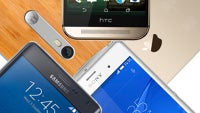
Buy an old flagship or a brand new mid-range smartphone? Opinions on this subject may vary quite a bit, and arguments on both sides have their merits. The thing is, however, if you are buying a new smartphone and are on a budget – you should de...

Sony to allow 10k users to download and beta-test its Android 6.0 Marshmallow build

The latest build of Google's mobile operating system — Android 6.0 Marshmallow — is just around the corner. It has already started rolling out to miscellaneous Android One handsets and will be hitting the Nexus 6 and Nexus 5 very soon. As...

